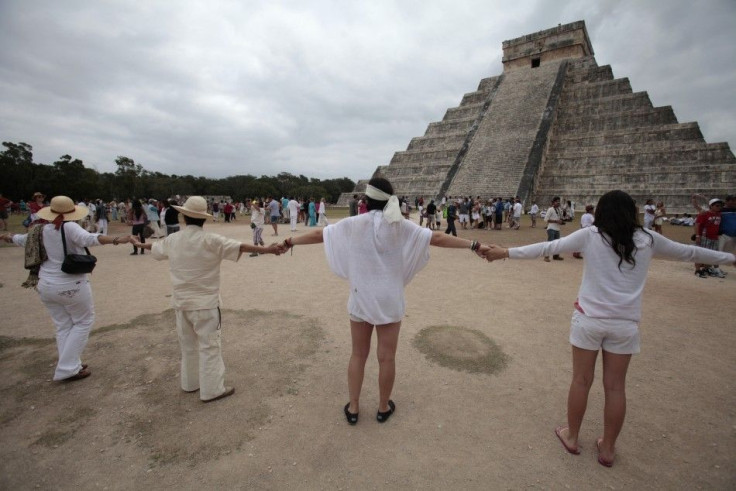Scientists Have Discovered Liquid Mercury Under A Teotihuacan Pyramid

A Mexican archaeologist has claimed to have found liquid mercury under a towering pre-Aztec pyramid. The archaeologists were reportedly searching for a royal tomb in the dark tunnel under the pyramid of the Plumed Serpent in Teotihuacan when he accidentally bumped into the potentially dangerous and toxic metal.
Teotihuacan is famous as a mysterious ancient Mexican country. The project lead, Sergio Gomez, claimed that the team of archaeologists came across the silvery metal in an underground space at the end of the sacred tunnel beneath the Quetzalcoatl Temple. The temple is situated at a distance of 30 miles from Mexico city and is one of the sacred pyramids in the area. The sacred tunnel where large quantities of mercury were reported is believed to be sealed for more than 1,800 years now.
Although the site was excavated in the 19th century, no significant progress has been made in understanding the leaders or people that inhabited the tomb in the past. In addition, mercury has been discovered at the tomb for the first time in the history. Even though researchers are unsure about what could mercury signify, but the presence of the metal at other ancient sites usually showed that the place is of royal or religious importance.
Gomez and his team have been excavating the 1,800 years old site at Teotihuacan for the past six years. To date, the team has recovered thousands of artefacts from the tunnel, including jewellery, seashells and stone sculptures. In fall 2014, Gomez's team unearthed three chambers 60 feet below the ground. The archaeology enthusiasts hope to recover human remains and skeletons from the location, to know more about who actually inhabited the place in the past.
To report a problem or to leave a feedback on the article, send an e-mail to emailtoguneet@gmail.com.





















